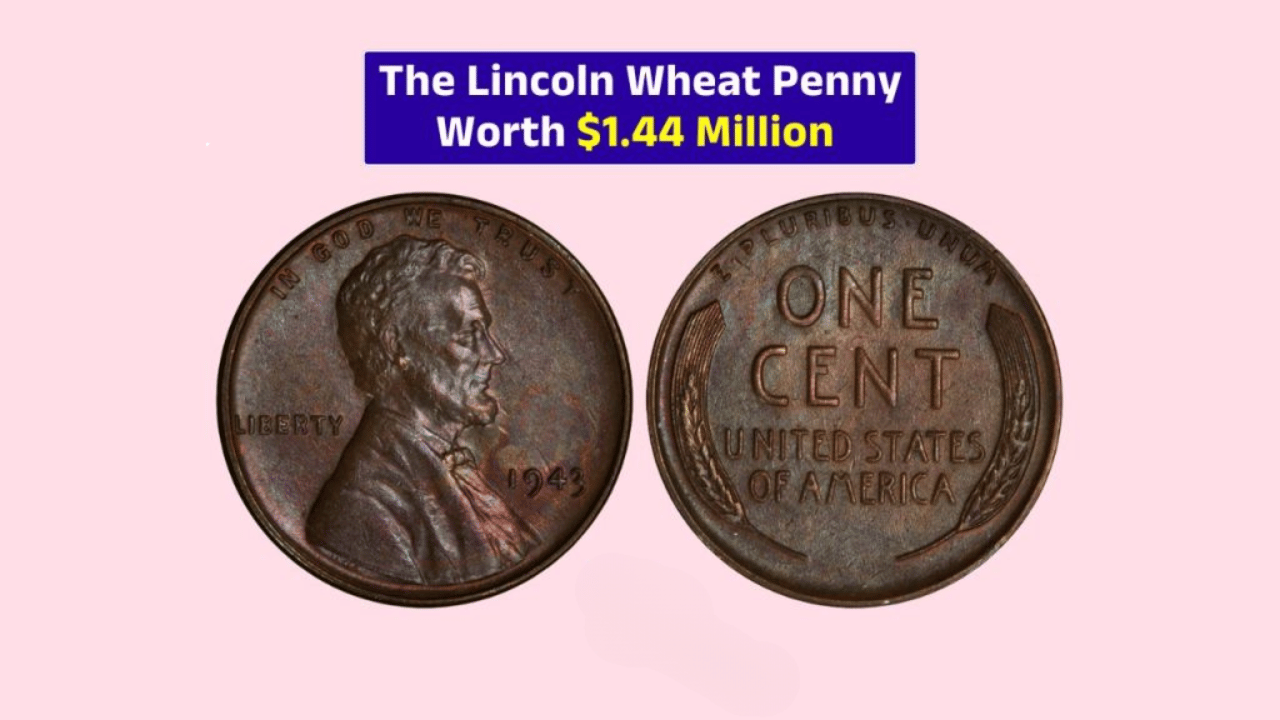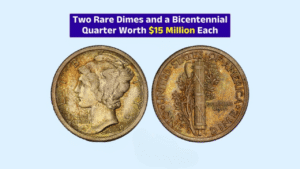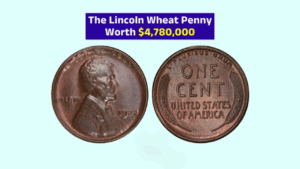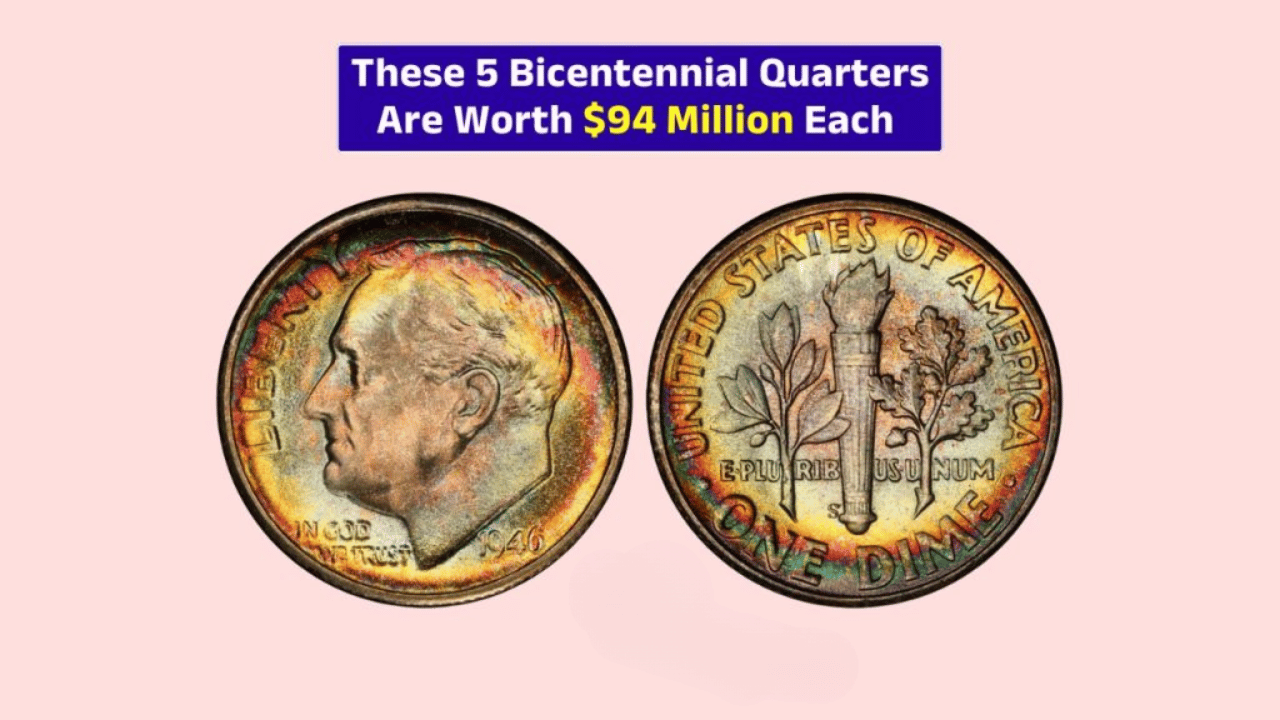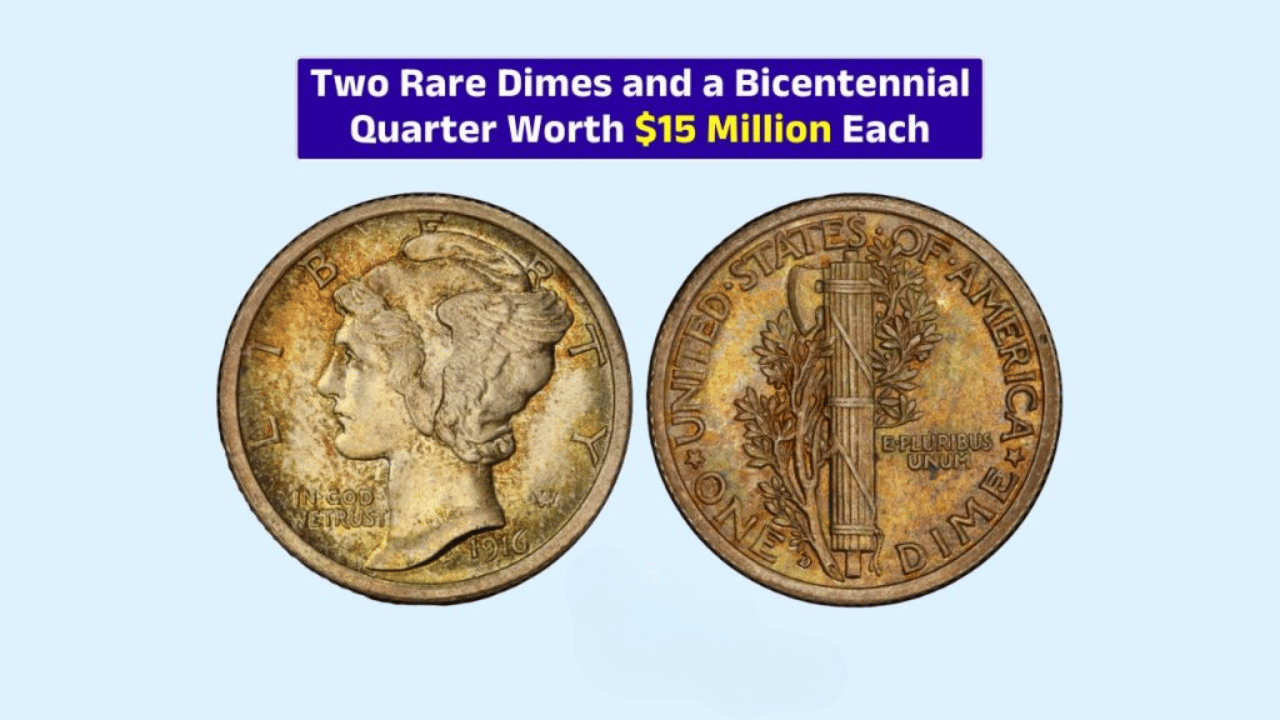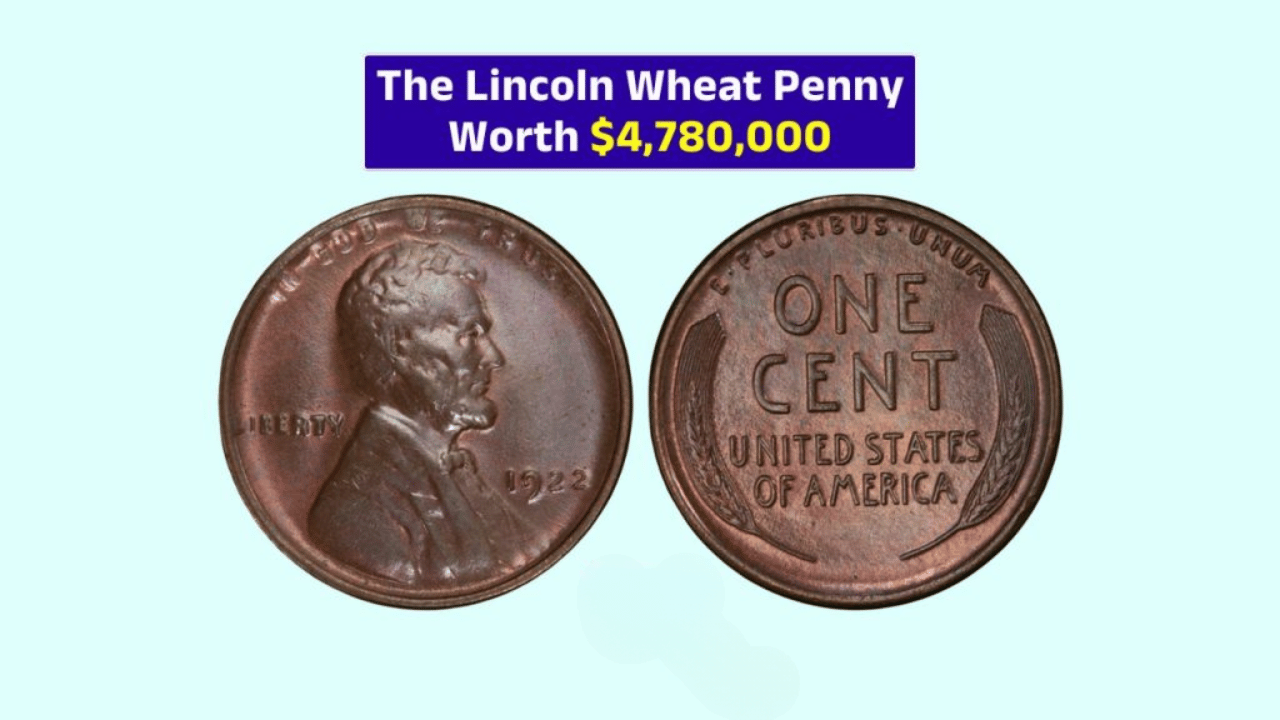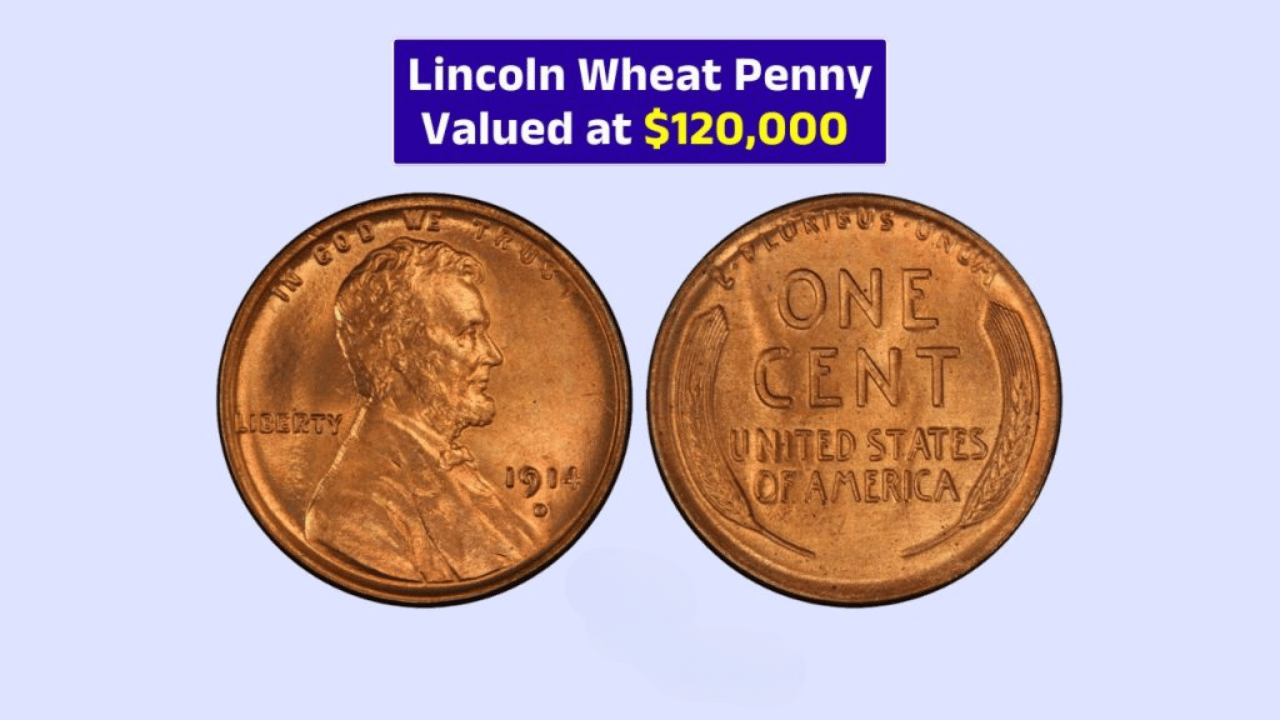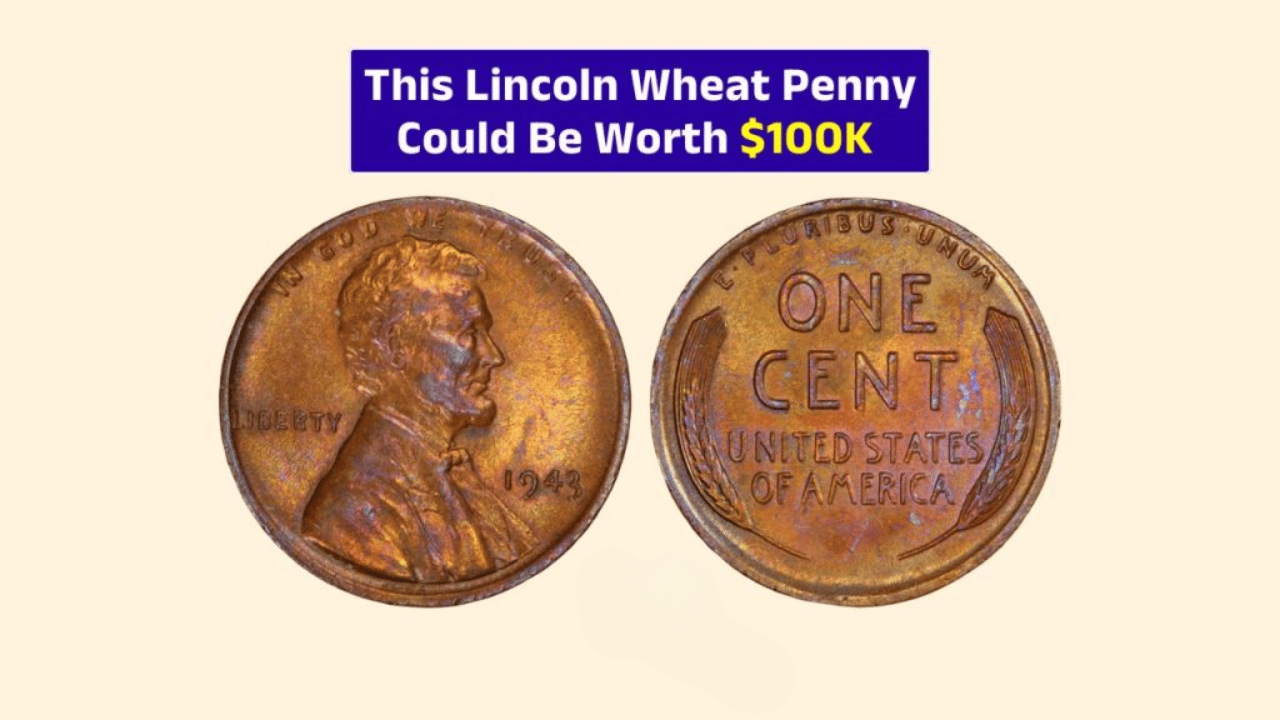That little penny sitting at the bottom of your change jar might be worth more than you think. In the world of coin collecting, few coins capture attention quite like the Lincoln Wheat Penny—especially the ultra-rare 1943 Bronze Wheat Penny, one of which sold for $1.44 million at auction. With only a few known to exist, this penny has become one of the most sought-after coins in American numismatic history—and it’s still possible one could be hiding in everyday circulation.
What Is the Lincoln Wheat Penny?
The Lincoln Wheat Penny, also known as the Wheat Cent, debuted in 1909 to honor the 100th anniversary of Abraham Lincoln’s birth. It was the first U.S. coin to feature a real person’s face and remained in circulation until 1958.
Key Features:
- Obverse (front): Lincoln’s profile
- Reverse (back): Two wheat stalks, giving the coin its nickname
- Material: Primarily copper, except for 1943
Though millions were minted over the years, not all Wheat Pennies are equal. While most are only worth a few cents, a few rare issues—due to minting errors or limited production—can fetch thousands or even millions of dollars.
The $1.44 Million Penny: What Makes It So Valuable?
The story of the 1943 Bronze Lincoln Penny is one of accidental history. During World War II, copper was in short supply due to the war effort, and the U.S. Mint switched to zinc-coated steel for pennies in 1943. However, a small number of bronze blanks from 1942 were accidentally used to strike pennies.
These coins were never meant to exist, making them extremely rare minting errors.
Why it’s so valuable:
- Accidental mintage: Only a handful exist
- Historical context: WWII-era error
- Condition: One in near-perfect condition (graded MS-64) sold for $1.44 million
- Demand: High among collectors due to rarity and backstory
This 1943 bronze penny has achieved legendary status in the coin world. In a record-setting 2021 auction, one sold for $1,440,000, confirming its place as one of the most valuable U.S. coins ever sold.
How to Spot a 1943 Bronze Wheat Penny
Think you’ve found one? Here’s what to check:
| Feature | What to Look For |
|---|---|
| Date | 1943 |
| Color | Bronze or copper—not silvery gray |
| Material Test | Should not stick to a magnet |
| Weight | About 3.11 grams (steel pennies weigh ~2.7g) |
If it’s 1943 and made of copper, you might be looking at a small fortune.
Could One Still Be in Circulation?
Surprisingly, yes. Since some of these coins accidentally entered circulation, they’ve turned up in coin jars, piggy banks, estate sales, and even pocket change. A few have been passed down unknowingly through generations. That means one could realistically be hiding in your home, right now.
What to Do If You Think You’ve Found One
Before you start dreaming of millions, follow these steps:
- Do not clean the coin. Cleaning can reduce its value dramatically.
- Test it with a magnet. If it sticks, it’s steel—not valuable.
- Weigh it. Use a precise scale to check for the correct weight.
- Get it authenticated. Submit the coin to a reputable grading service like PCGS or NGC.
- Consult a coin dealer. A professional can help you determine next steps.
Tip: Even if it’s not the million-dollar penny, other Wheat Pennies (like the 1909-S VDB or 1914-D) can also be worth hundreds or thousands.
Table: Rare and Valuable Lincoln Wheat Pennies
| Year | Mint Mark | Key Feature | Estimated Value |
|---|---|---|---|
| 1943 | No/S/D | Bronze instead of steel | Up to $1.44 million |
| 1909 | S VDB | First year, designer initials | $700 – $50,000+ |
| 1914 | D | Low mintage | $200 – $10,000+ |
| 1922 | No D | Weak die error | $500 – $5,000+ |
A Hidden Fortune in Your Change?
The Lincoln Wheat Penny is more than just a nostalgic coin—it’s a reminder that extraordinary value can come in small packages. That ordinary-looking penny in your drawer could be a rare, historical artifact worth more than a luxury car, or even a house.
So the next time you count your change, keep your eyes open. That one-cent coin could be your $1.44 million lucky break.
FAQs
What is a Lincoln Wheat Penny?
A U.S. penny minted between 1909 and 1958 featuring two wheat stalks on the back.
Why is the 1943 Bronze Penny so valuable?
It was a mint error—made in bronze during a year when pennies were supposed to be made from steel due to wartime copper shortages.
How can I tell if I have one?
Check the date (1943), the material (copper-colored, not silver), and test with a magnet. It shouldn’t stick.
Should I clean a rare penny?
No—cleaning can damage the coin and reduce its value.
Where can I get it authenticated?
Use professional grading services like PCGS (Professional Coin Grading Service) or NGC (Numismatic Guaranty Company).
